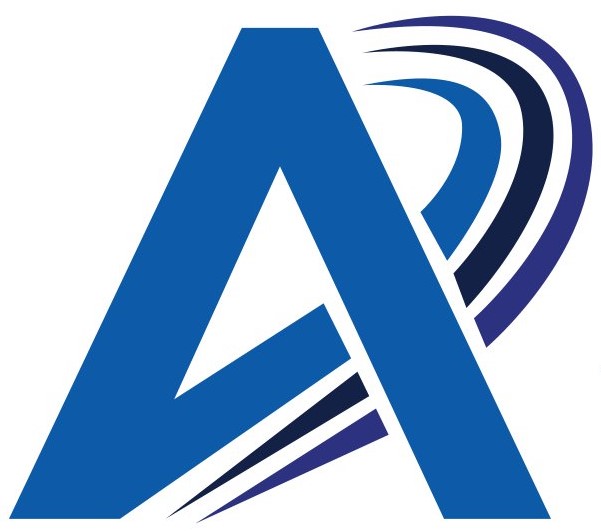Introduction:
As the digital landscape evolves, web design trends play a crucial role in shaping the way websites look and function. In 2019, we witnessed the emergence of exciting design trends that pushed boundaries and provided new opportunities for creativity and user engagement. In this blog post, we will explore the top web design trends that took center stage in 2019. By incorporating these trends into your web design strategy, you can create visually stunning and user-friendly websites that captivate your audience.
- Mobile-First Design:
With the increasing use of mobile devices, designing for mobile-first became a priority in 2019. This approach involved designing websites with mobile devices in mind first, and then adapting them to larger screens. Mobile-first design ensured responsive and user-friendly experiences for mobile users, improving accessibility and engagement.
- Bold and Vibrant Colors:
2019 was marked by a resurgence of bold and vibrant color choices in web design. Designers moved away from muted and subdued color palettes, embracing bright and eye-catching colors to create visual impact. Vibrant color schemes helped websites stand out, evoke emotions, and convey brand personality.
- Minimalistic Design:
Minimalistic design continued to be a popular trend in 2019. This design approach focused on simplicity, clean lines, and ample white space. By removing unnecessary elements and clutter, minimalistic design created a streamlined and visually pleasing user experience. Minimalism enhanced readability and allowed key messages to stand out.
- Custom Illustrations and Graphics:
Custom illustrations and graphics gained traction in 2019 as brands sought to differentiate themselves and create unique visual identities. Custom visuals added personality, conveyed brand stories, and created memorable user experiences. Hand-drawn illustrations and unique graphics helped websites establish a distinctive and authentic visual presence.
- Microinteractions:
Microinteractions became increasingly prevalent in 2019, adding interactivity and engagement to user experiences. These small, subtle animations and feedback occurred in response to user actions, such as hovering over buttons or scrolling. Microinteractions provided visual cues, enhanced usability, and made interactions with websites more intuitive and enjoyable.
- Typography and Bold Fonts:
Typography took center stage in 2019, with designers embracing bold and expressive fonts to create visual impact. Unique typography pairings, custom fonts, and creative use of lettering helped websites establish a strong visual hierarchy and evoke emotions. Typography became a powerful tool to convey brand personality and enhance the overall design.
- Video Backgrounds and Animations:
Video backgrounds and animations gained popularity in 2019, adding a dynamic and immersive element to web design. By incorporating videos and animated elements, websites created visually engaging experiences that captured users’ attention. Video backgrounds helped tell stories, showcase products, and create a memorable first impression.
Conclusion:
The web design trends of 2019 focused on enhancing user experiences through mobile-first design, bold colors, minimalistic layouts, and custom illustrations. Microinteractions, typography, video backgrounds, and animations added interactivity and visual appeal. By embracing these trends and incorporating them into your web design strategy, you can create modern and captivating websites that leave a lasting impression on your audience. Stay informed about the latest trends, experiment with their implementation, and adapt to the evolving digital landscape to create exceptional web experiences.

